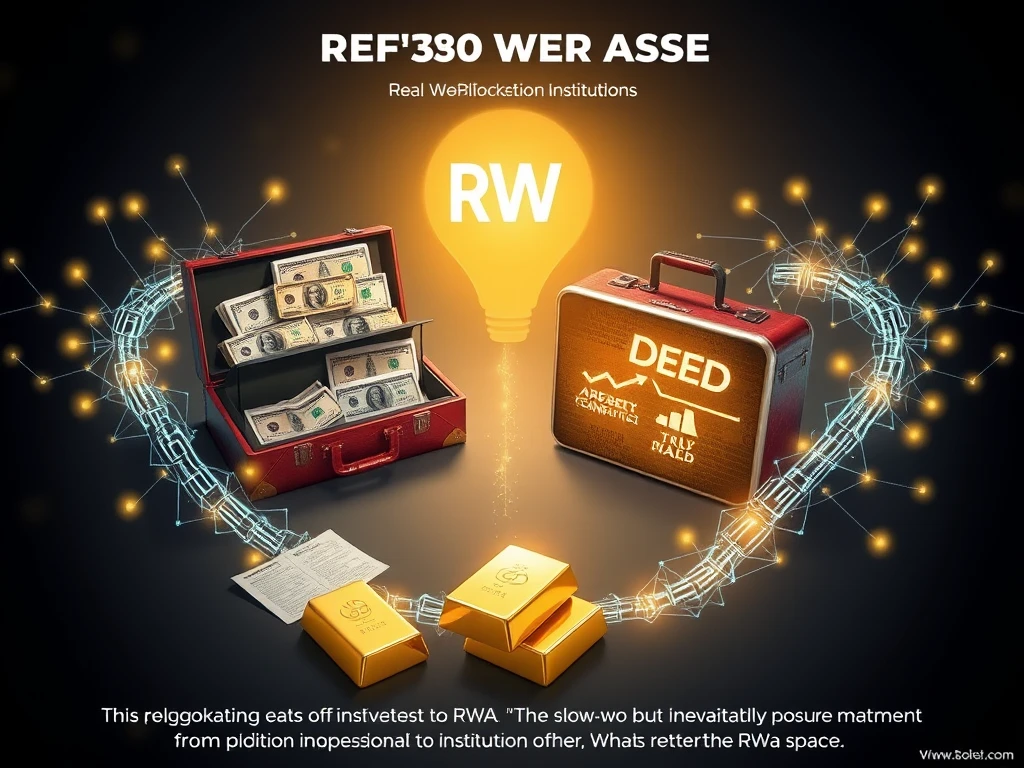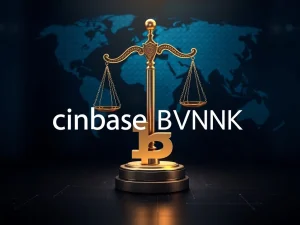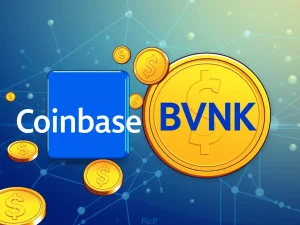RWA Tokenization: Crucial Insights on Institutional Adoption Timing

For anyone navigating the evolving world of Crypto, the buzz around Real-World Assets (RWAs) is undeniable. But despite the hype, a key question remains: when will institutional giants truly step in? Chris Yin, CEO of Plume, offers a grounded perspective, suggesting that the RWA market isn’t quite ready for widespread institutional embrace just yet.
The Current State of Real-World Assets
According to Chris Yin, the co-founder and CEO of Plume, the current Real-World Assets market is smaller than often reported. While some estimates place the sector value above $21 billion, Yin believes the actual figure is closer to $10 billion. This includes mostly Treasury bills and gold, with some private credit. This contrasts with data from RWA.xyz, which reported around $17.4 billion as of late April, with private credit making up a significant portion (almost 60%).
Estimating the size of the RWA market, especially on the private side, presents challenges due to fragmented data. Ross Shemeliak, co-founder of Stobox, estimates tokenized Treasurys and bonds account for the majority (60-65%) of RWAs today. He points out that the vast majority of companies globally are private and represent a large, untapped opportunity for Tokenization.
Why Institutional Adoption Is Moving Slowly
Chris Yin highlights that Institutional Adoption of RWAs is happening slowly, comparing it to the journey of Bitcoin and stablecoins. He notes that it took years for institutions to even consider using stablecoins, and the same timeline may apply to tokenized assets. Institutions typically require established value and significant adoption before committing capital.
Yin suggests that institutions are primarily motivated by profit opportunities rather than efficiency gains. They seek angles to make more money. With the current modest size of the RWA market, institutions are not yet putting significant capital onchain. Instead, they are often trying to attract crypto capital into their own products.
Is Institutional Involvement Necessary for RWA Tokenization?
While Plume’s CEO suggests the native community should drive initial RWA growth, Stobox’s Ross Shemeliak offers a different view. He argues that tokenized assets are fundamentally institutional from the start because they often involve regulated securities and financial contracts requiring legal compliance. Building a robust RWA market without institutional participants like regulators, custodians, and fund managers is difficult, akin to building a stock exchange without key infrastructure.
Both perspectives acknowledge that the RWA market is still in its early stages, much like Crypto was in its early days. While startups and Web3 protocols can initiate innovation, significant volume and scale in RWA Tokenization will likely require the participation of traditional financial institutions.
Summary
The path to widespread Institutional Adoption of Real-World Assets via Tokenization is a marathon, not a sprint. Plume CEO Chris Yin believes the market is currently smaller than commonly estimated and that institutions are waiting for significant scale and profit potential before fully engaging. While the native Crypto community can drive initial growth, others argue that the nature of regulated RWAs inherently requires institutional infrastructure for serious volume. The debate continues as the RWA sector matures.







